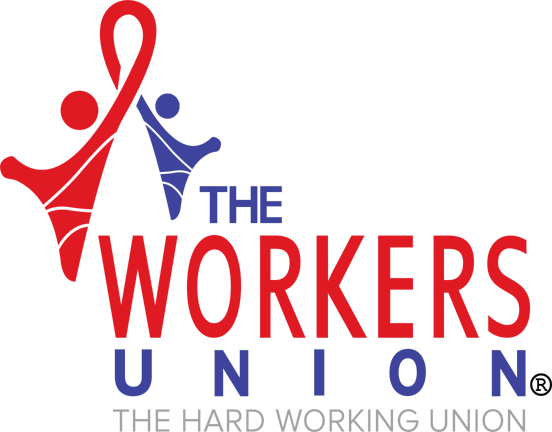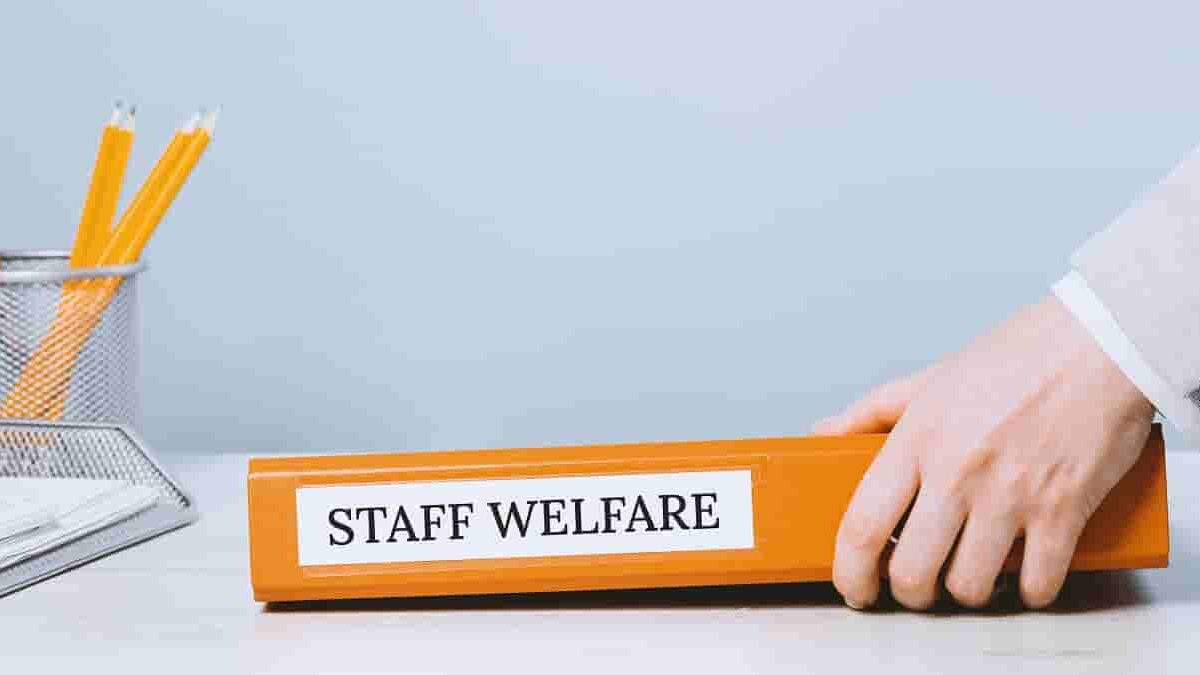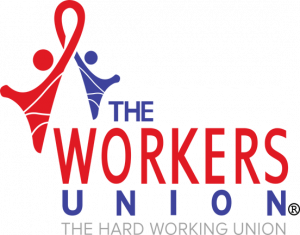The John Lewis Partnership has announced that it is ‘forgoing profit’ in order to help staff deal with the cost-of-living crisis.
The company will pay full-time workers an additional £500, while new entrants to the business will receive a 4 percent pay increase.
John Lewis Partnership – which includes a chain of department stores as well as the Waitrose supermarket brand – posted a £99m loss in the six months to the 30th of July. This figure represents an extra £70 million on losses reported a year earlier.
The company said that the losses were a consequence of its decision to protect shoppers from price hikes at the till.
The chairman of the partnership, Dame Sharon White, said: ‘No one could have predicted the scale of the cost-of-living crisis that has materialised, with energy prices and inflation rising ahead of anyone’s expectations.
‘As a business, we have faced unprecedented cost inflation across grocery and general merchandise. We are responding to the cost of living crisis by supporting those who need it and by stepping up our efficiency programme. We are forgoing profit by making choices based on the sort of business we are, led by our Purpose – Working In Partnership For A Happier World – by helping our Partners, customers, communities and suppliers.’
The decision to offer staff a cost of living payment reflects wider concerns amongst business chiefs about the fate of staff over the winter period. In recent weeks, companies such as HSBC, Taylor Wimpey, Lloyds and Rolls Royce have put relief packages together, while others firms are offering shares plus profit deals.
The Workers Union Says
John Lewis Partnership have made a brave, humane decision to put their workforce first. Against a background of spiralling costs it’s easy to cut corners and cut staff. But they have adopted a principle of reciprocity that recognises the contribution workers make to the success of their brand.
Companies across the country should take a lead from them – and others – and look at what they can do to help. Of course, government plans to peg the business energy cap past an initial six months remains to be seen. It makes planning difficult and projections worse. But small and medium enterprises have other means – such as offering more flexible working or negotiating benefits deals – to help workers; whereas larger firms who can absorb the hit should take a long-term view. After all, with investment in infrastructure and materials down, there is a clear and present case for investing in the most of important resource of all: working people.





